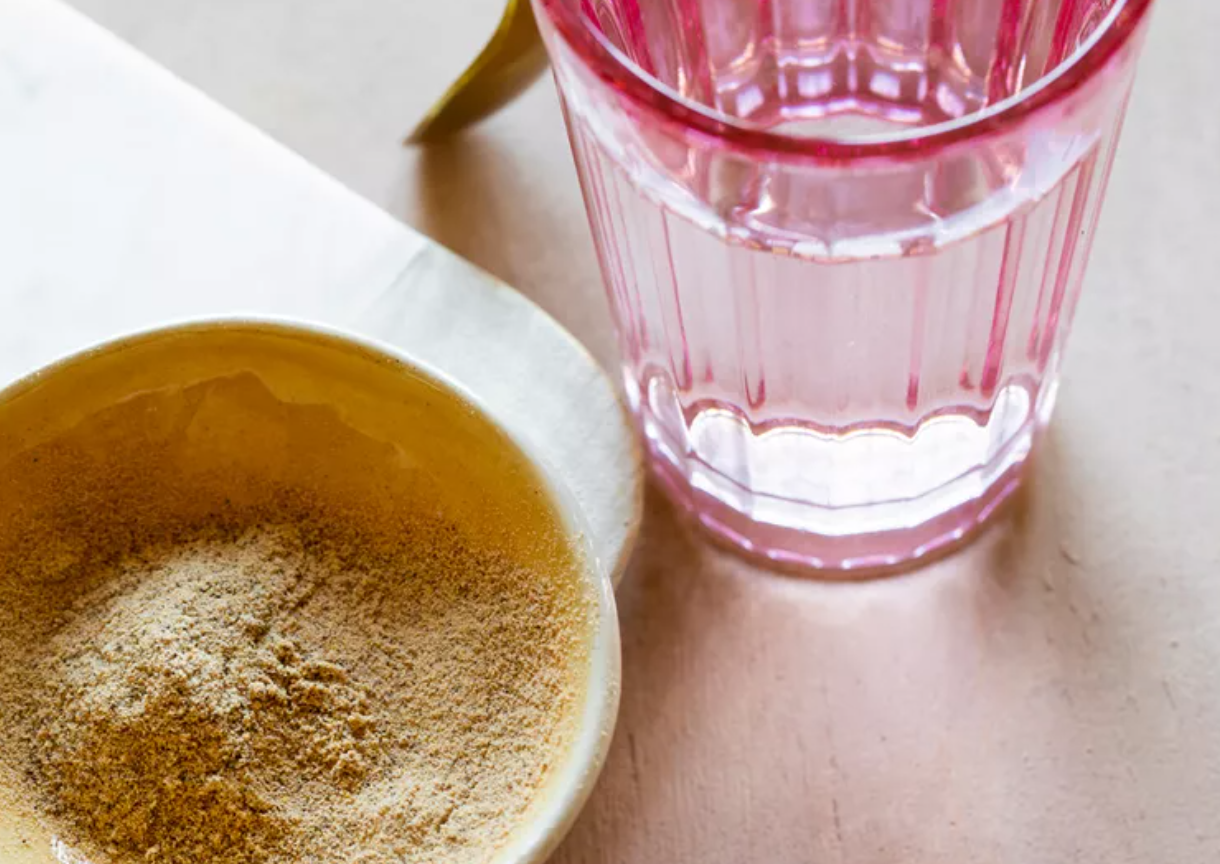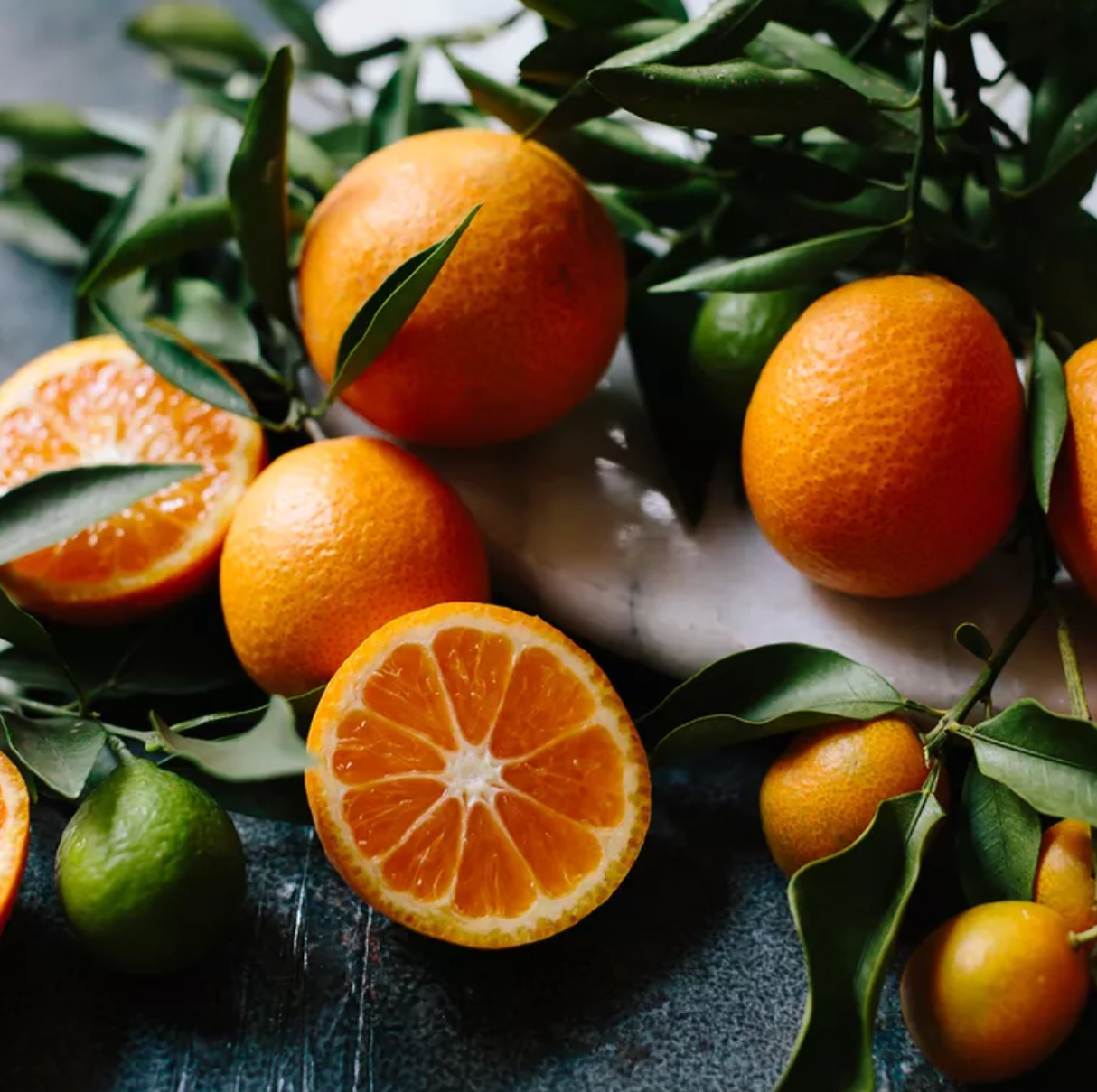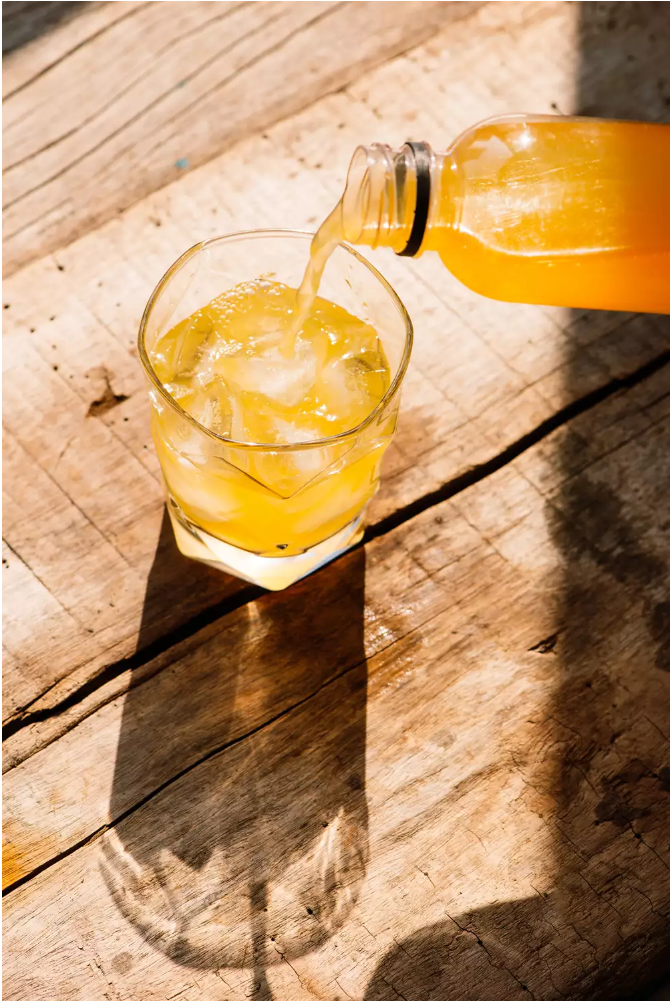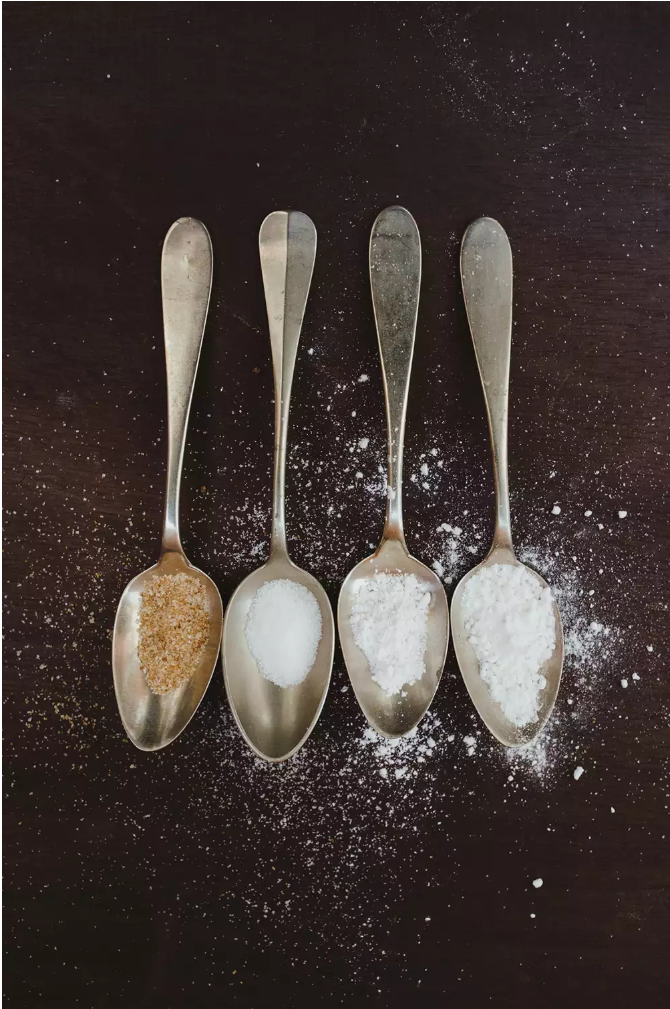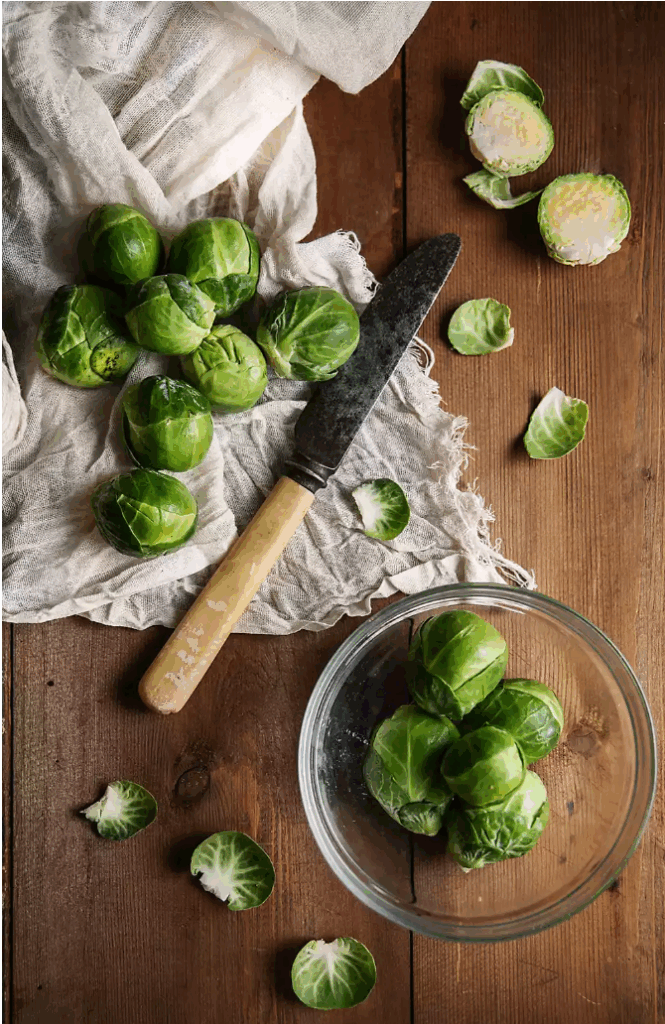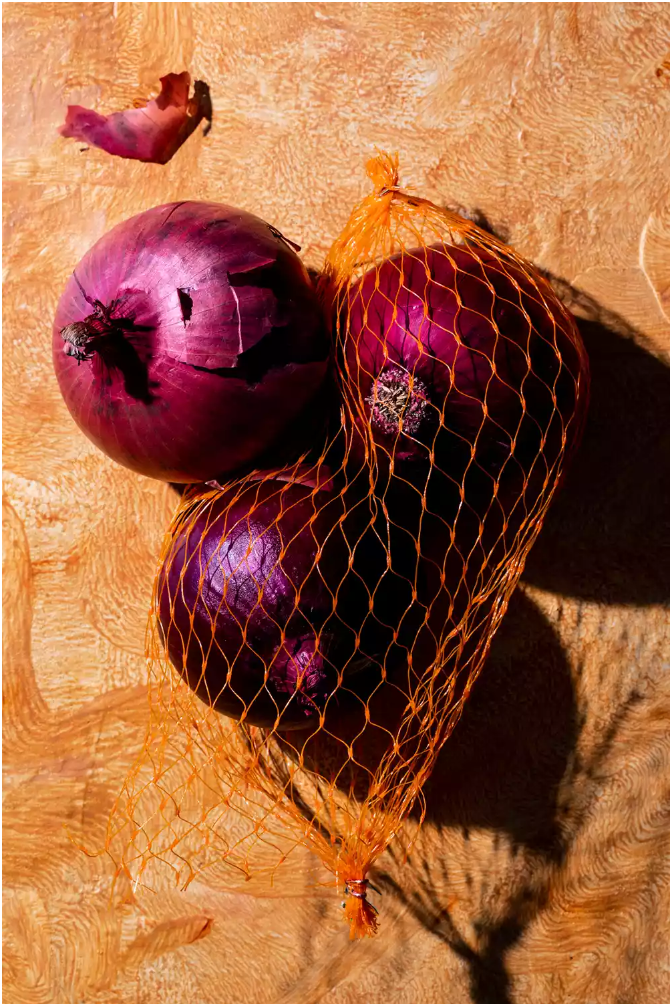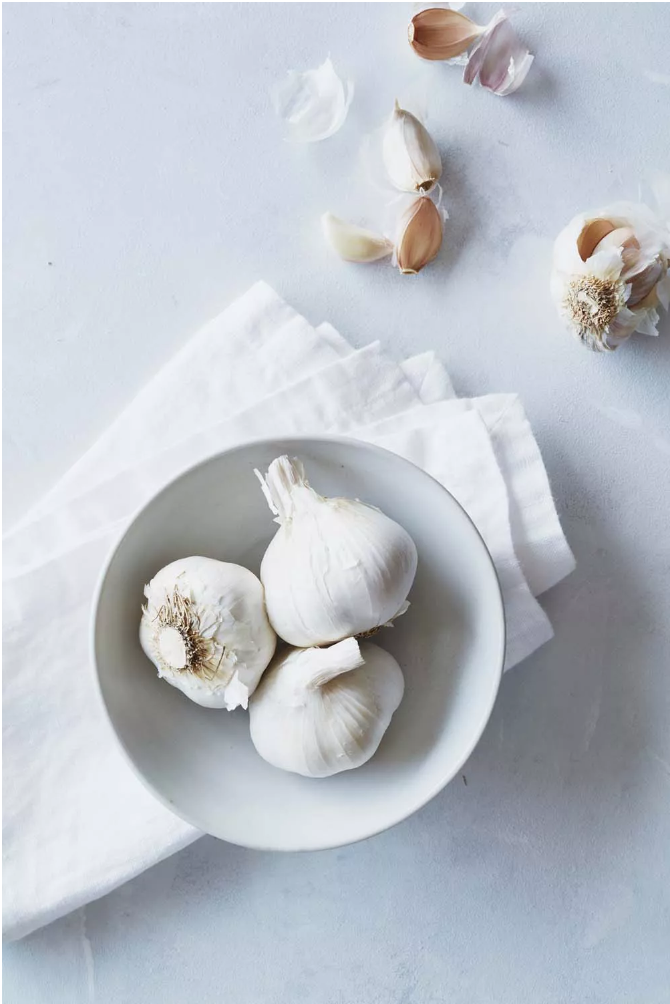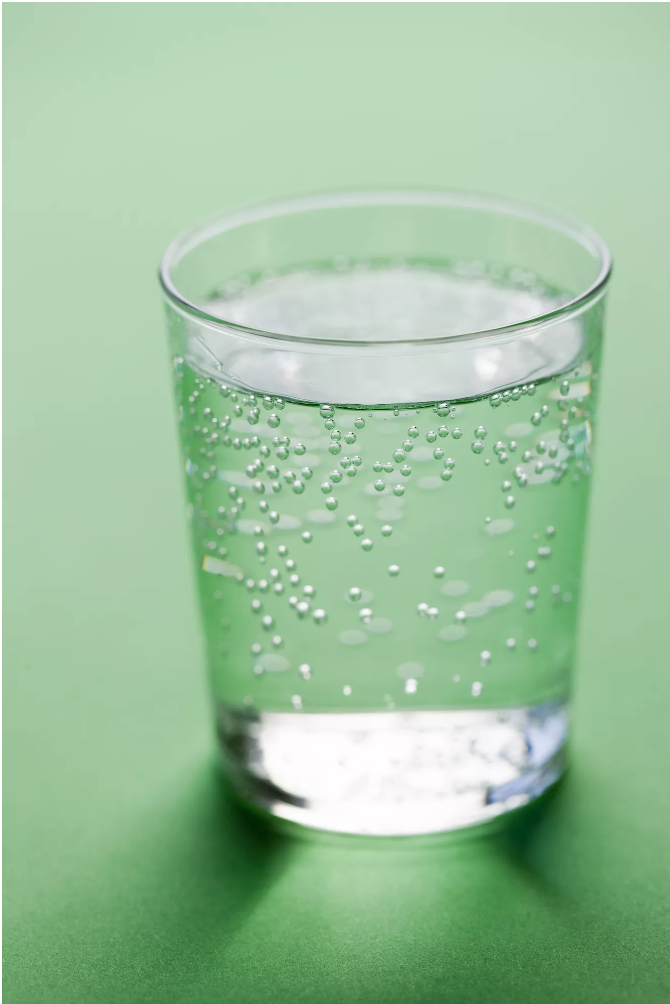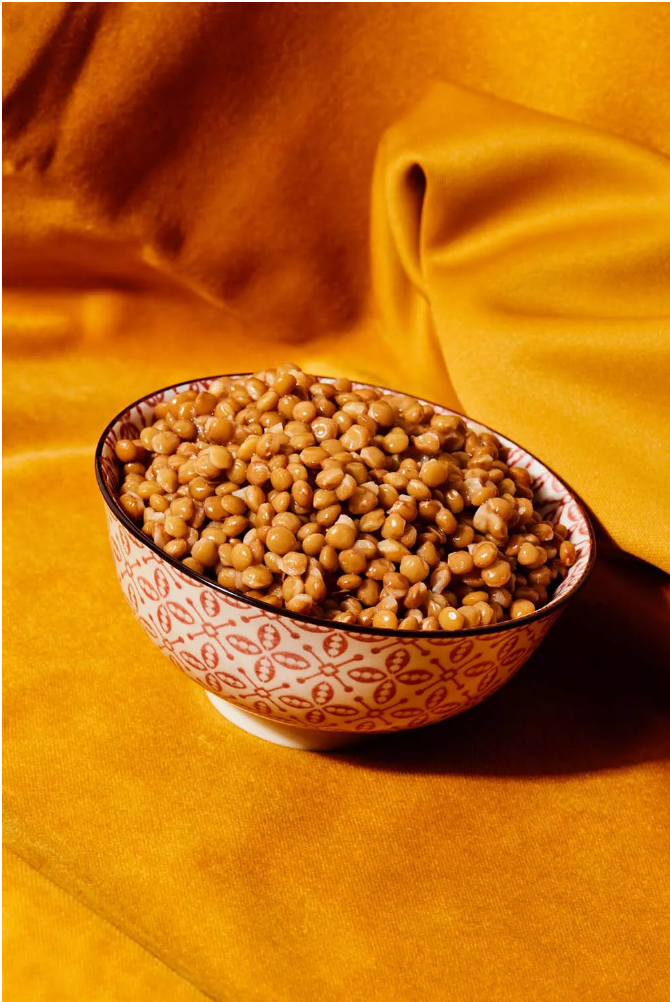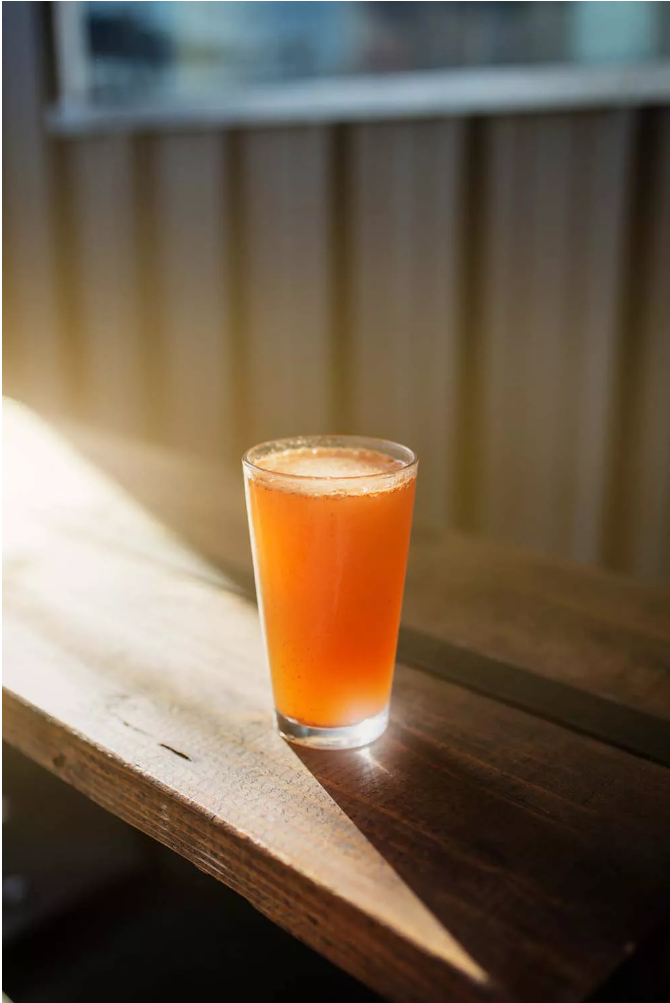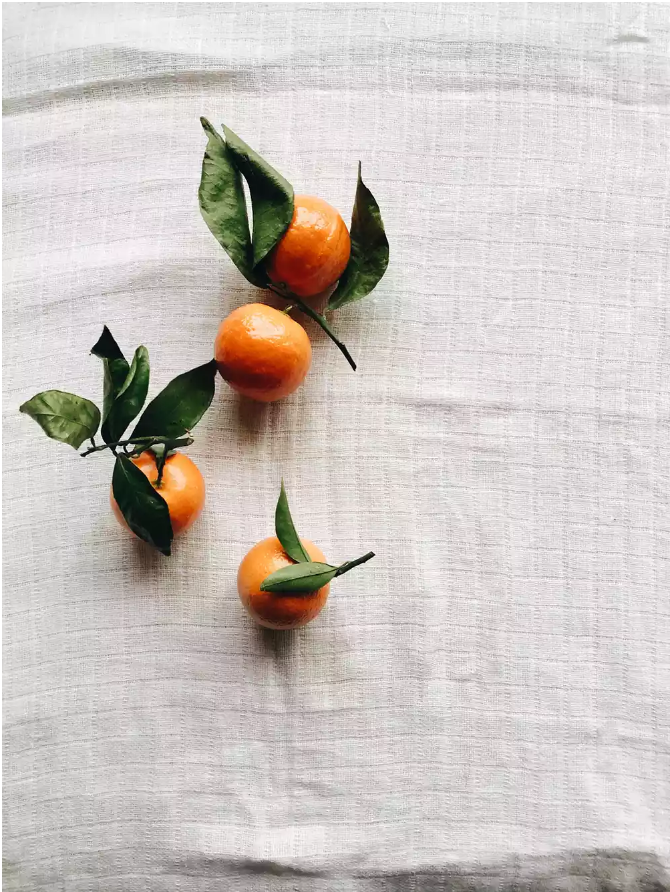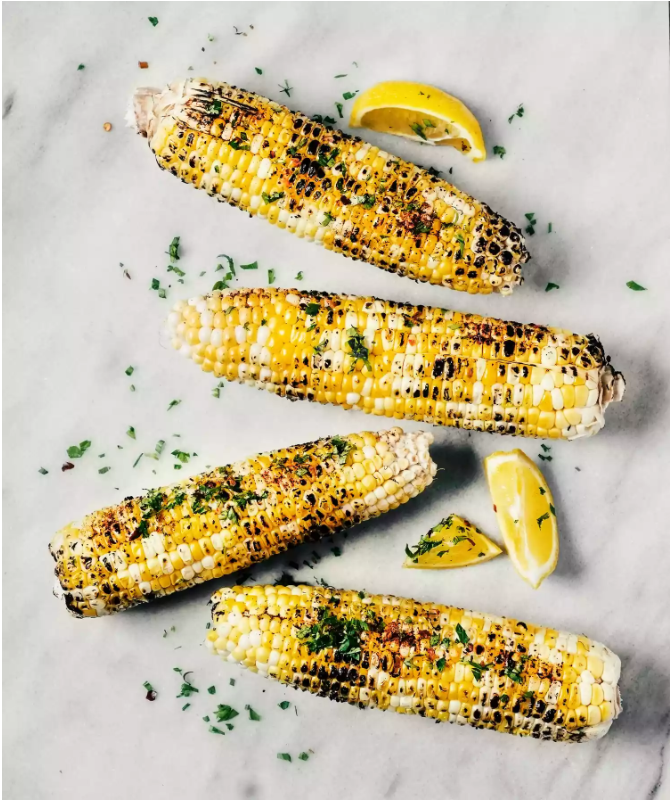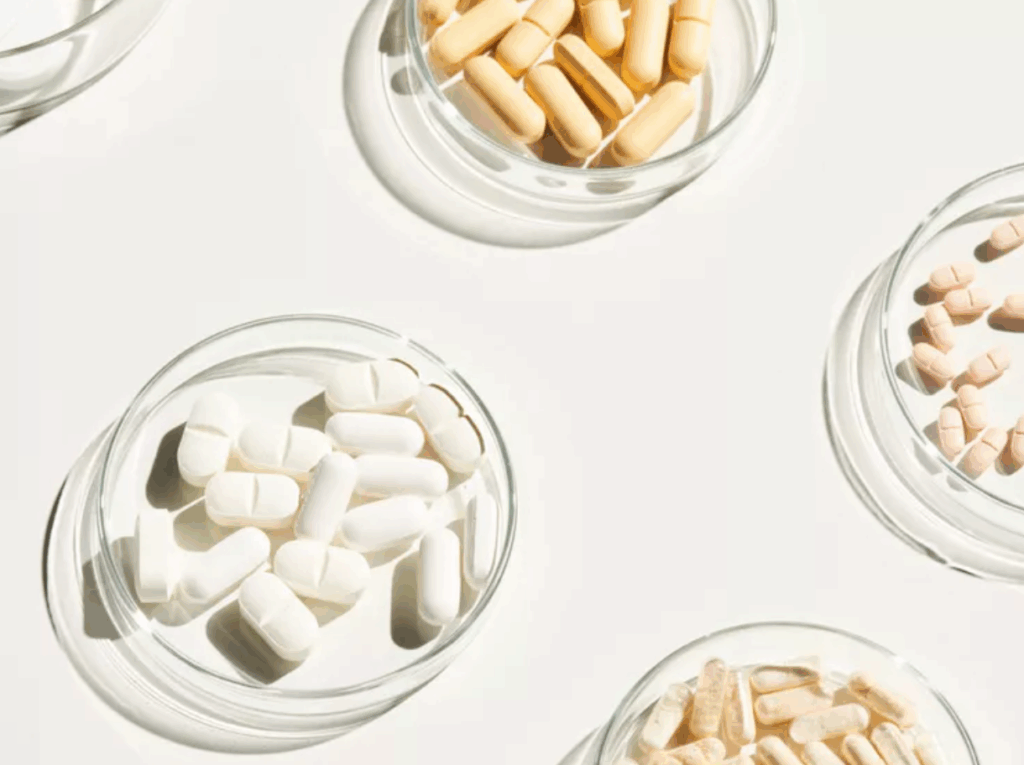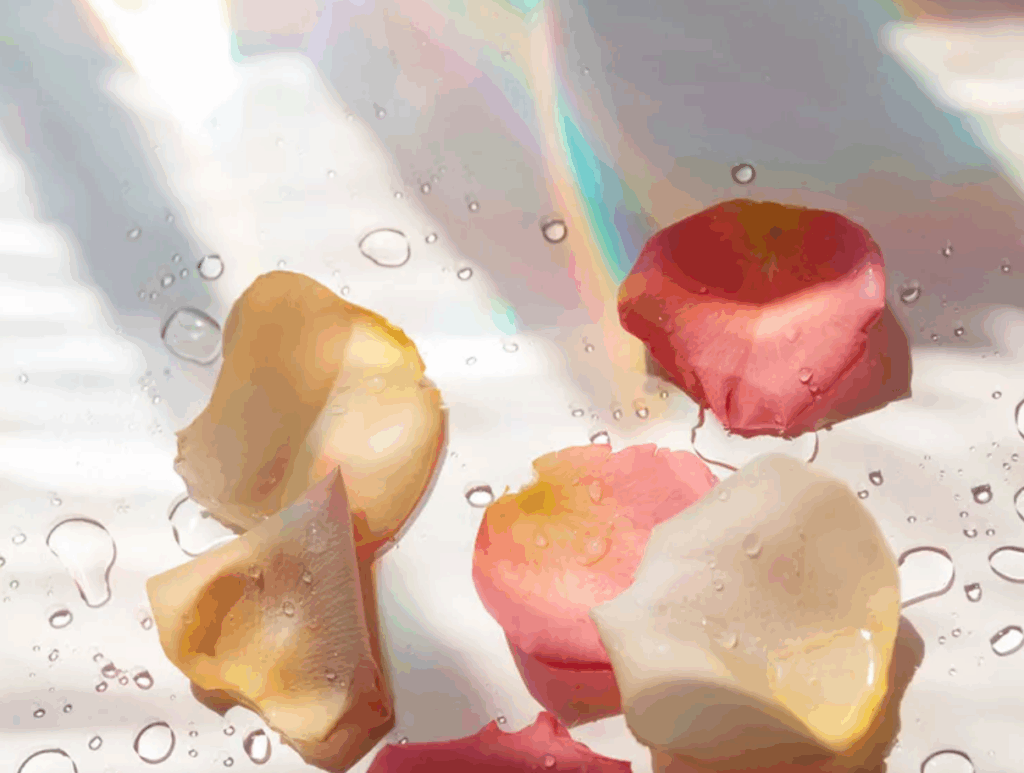Adding collagen to your daily routine has become almost as trendy as oat milk lattes. You’ll find it everywhere: stirred into morning coffee, blended into smoothies, or sold in fancy pre-made drinks promising glowing skin and stronger joints. But the big question remains—does drinking collagen actually do anything for your skin, or is it just another wellness fad?
To find out, we spoke with dermatologists and a nutritionist to unpack what collagen really is, how supplements work, and whether that daily scoop is worth it.

What Exactly Is Collagen?
Think of collagen as your body’s scaffolding. It’s the protein that gives skin its bounce, supports healthy hair and nails, and even makes up part of your bones. “Collagen is the foundation of our skin, hair, and bones—it keeps skin youthful and plump,” says holistic nutritionist Kayleigh Christina, co-founder of CLEARSTEM Skincare.
Fun fact: the word “collagen” comes from the Greek word kólla, meaning glue. And that’s pretty much what it is—the glue that holds your body together.
How Collagen Supplements Are Supposed to Work
The idea behind collagen powders and pills is simple: by taking in more collagen, you might encourage your body to make more of its own. This, in theory, could mean firmer, smoother skin, fewer fine lines, and even benefits for joints and muscles.
As dermatologist Lindsey Zubritsky points out, natural collagen production declines with age—and the quality of what we produce gets weaker too. Enter collagen supplements, especially hydrolyzed collagen (or collagen peptides), which has been broken down into smaller particles that dissolve easily in drinks. You’ll find it in powders, capsules, gummies, and even protein bars.
Is Collagen Vegan?
Here’s the catch: most collagen is animal-derived—from cows, pigs, or fish (a.k.a. marine collagen). Despite what some plant-based supplement labels might imply, there’s no such thing as vegan collagen. Instead, vegan products usually contain nutrients like vitamin C and zinc that support your body’s own collagen production, but they don’t contain collagen itself.
Does Drinking Collagen Help Your Skin?
Here’s where things get murky. While the hype is strong, the science is still limited. “The most comprehensive review so far looked at 11 studies and over 800 patients,” says dermatologist Joshua Zeichner. “Results were mixed. Some studies showed no significant improvements, while others did find benefits like increased skin hydration.”
Supporters argue that ingestible collagen works from the inside out, reaching deeper layers of the skin where creams and serums can’t. And early research does suggest that collagen peptides may circulate through the bloodstream and help trigger new collagen production. But more independent studies are needed before anyone can call it a sure thing.
Are There Any Risks?
For most people, collagen supplements are safe. “They may help reduce wrinkles and dryness by encouraging collagen regeneration,” Christina says. But too much collagen—especially powdered forms—can sometimes trigger breakouts. Zubritsky adds that those with a history of kidney stones should steer clear.
Other Proven Ways to Boost Collagen
Even if you’re not sold on supplements, there are plenty of tried-and-true ways to protect and build collagen:
- Sunscreen: UV rays are collagen’s worst enemy. A broad-spectrum SPF 30–50+ is essential every single day.
- Antioxidants: Load up on foods rich in vitamins C, E, and zinc (think berries, leafy greens, and fish). Pair that with a topical antioxidant serum for double the benefits.
- Retinoids: Vitamin A derivatives like retinol have been clinically proven to stimulate collagen production and reduce wrinkles.
- In-Office Treatments: Microneedling, laser resurfacing, and chemical peels all work by creating controlled micro-injuries that kick-start your skin’s healing—and collagen-making—process.
- Lifestyle Habits: Regular exercise boosts circulation, while smoking, excess sugar, and refined carbs accelerate collagen breakdown. Staying hydrated with mineral-rich water also helps keep skin plump.
The Bottom Line
Collagen drinks and powders may offer some skin benefits, but the evidence isn’t bulletproof just yet. Still, they’re generally safe, often come with added vitamins, and can be an easy protein boost—so if you enjoy them, sip away. Just remember: sunscreen, antioxidants, and healthy lifestyle choices remain the gold standard for protecting your skin’s natural glow.
